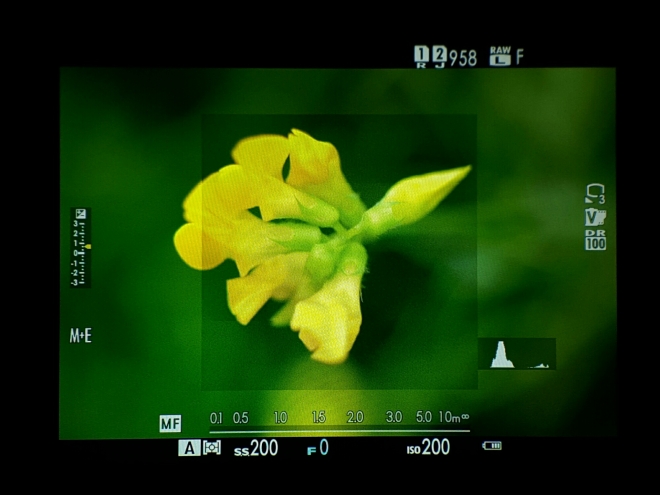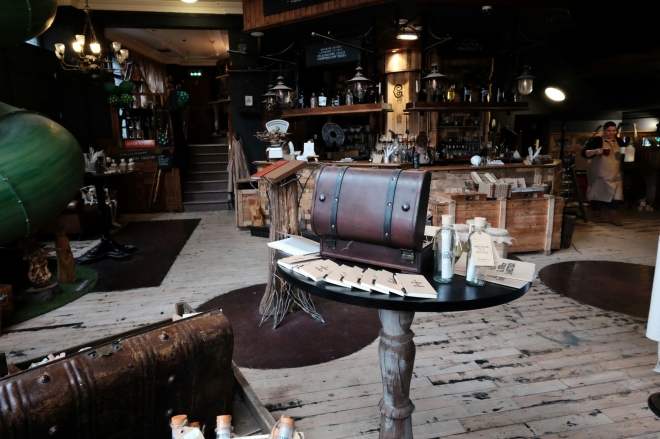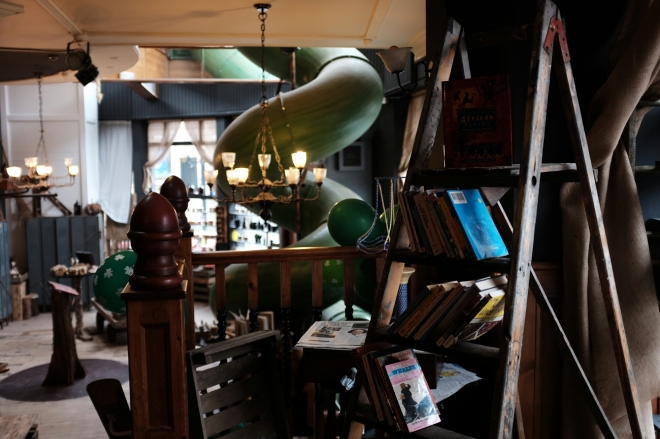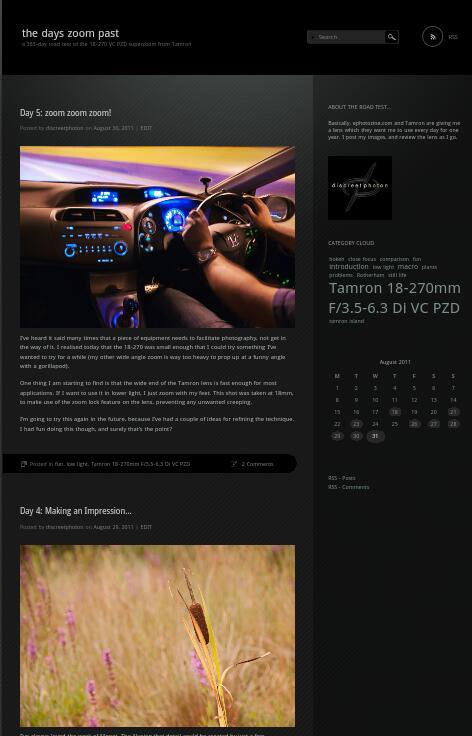At first, the X-Pro2 wouldn’t be the first choice for the macro shooter. Extreme parallax at macro distances renders the optical viewfinder useless, and other users will berate the absence of screen that tilts. But there are a few features in the newest line of fuji cameras that may make you think twice before dismissing the X-Pro2 altogether.
First up, weather sealing. Have you ever leant on your elbows in the grass to take a photo when it’s over twenty Celsius? It gets hot down there, and humid. That’s transpiration. It’s what you feel when plants breathe out. It’s reassuring to know that none of it will be fogging up your camera’s innards later. And yes, that has happened to me before.
Then there is the other viewfinder option: EVF. There’s a huge difference in the way the EVF feels in the X-Pro2 to the majority of the models that came before it. It’s slick, it’s crisp, and it feels very responsive, due to a high refresh rate.
As I’ve stated earlier, you will be using the EVF for macro work, as when you get really close, the parallax will mean that no part of your optical finder will allow you to see what you’re shooting. And since we’re talking about macro, you’re unlikely to be using an autofocus mode.
I’ve come to the X-Pro2 from an X-E2, and I always struggled with the split prism mode in that camera. The X-Pro2 brings an updated version of that mode, and by comparison, it’s sublime. Not only does it add full colour (black and white is still there as an option), it now covers a much larger area than before. It’s as if my rangefinder body has a secret “vintage SLR mode”.


So why not go for the DSLR stylings of the X-T series, particularly with the recent announcement of the X-T2? Simply put, it’s all about the handling. Macro requires stability. However, small movements also bring large changes. There’s something to be said for being able to reach every button with the same hand, while your supporting hand stays put. Once you’ve got used to it, you wonder why you haven’t seen it done more often.
If like me, you prefer not to work with a tripod, then this camera is a delight. There’s a very organic feel to the grain that is produced by Fuji cameras, so it’s really not something to worry about. I may look at ISO ratings as a matter of curiosity, but really, it’s just not something you think about.
 If I’m using a flash, then I’ll set the sync speed and the flash power to suit, pick my aperture and let the camera change the ISO on the fly. And because of the small form factor, I find that I really can work around my subject for the best composition, in a way that wouldn’t be possible on a tripod or with a large, heavy camera body. If you’re mixing flash with ambient light, the ISO lattitude is so good that high ratings won’t cause you over-scrutinise a shot for grain.
If I’m using a flash, then I’ll set the sync speed and the flash power to suit, pick my aperture and let the camera change the ISO on the fly. And because of the small form factor, I find that I really can work around my subject for the best composition, in a way that wouldn’t be possible on a tripod or with a large, heavy camera body. If you’re mixing flash with ambient light, the ISO lattitude is so good that high ratings won’t cause you over-scrutinise a shot for grain.
It’s also a camera that demands good technique. The fact that it doesn’t have a tilting screen means that more often than not, it’s going to be resting against your face, where it will be nice and stable.
Incidentally, none of these images were taken with a Fuji lens, because I don’t own the Fuji macro. What I do have is a 35 year old 55mm macro lens that used to belong to my grandfather, and a couple of extension tubes. Because another bonus of mirrorless cameras is the ability to stick almost any lens on it. Which means that the legendary Canon MPE-65 may yet find a way into my kit in the future without another system change.
Now, personally, I think that the recently announced decision to cease production of a 120mm 1:1 macro lens in favour of a modest 80mm is a big mistake, especially given how close it is in focal length to the much maligned 60mm macro, but if anyone at Fuji is reading this, I’ll happily put a sample lens through its paces and would love to be proved wrong. I just think that they found a niche in the market, that they have now chosen to ignore. How bright that decision is, remains to be seen.
However, as in almost every other situation, no part of this camera is a hindrance to the process of getting the shot, and it’ll get into some pretty incredible positions and come out with the goods. I love shooting with this thing, and that’s what it’s all about.












